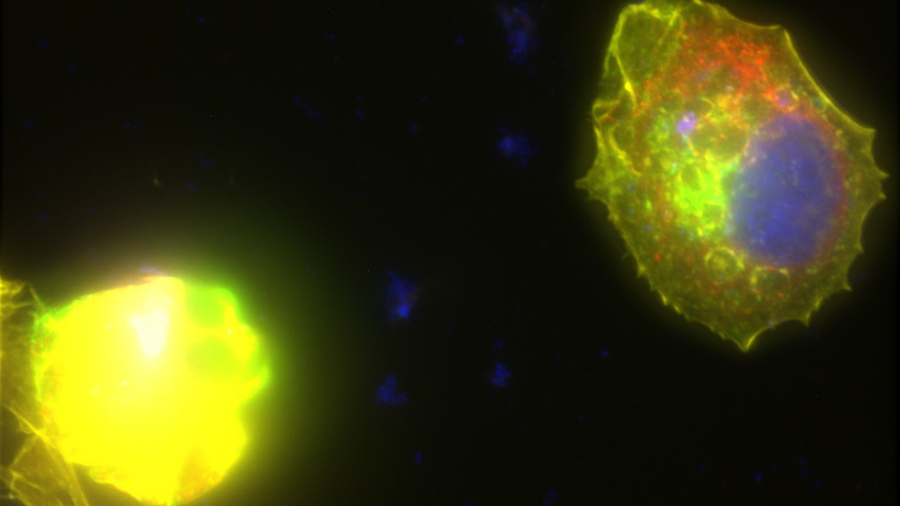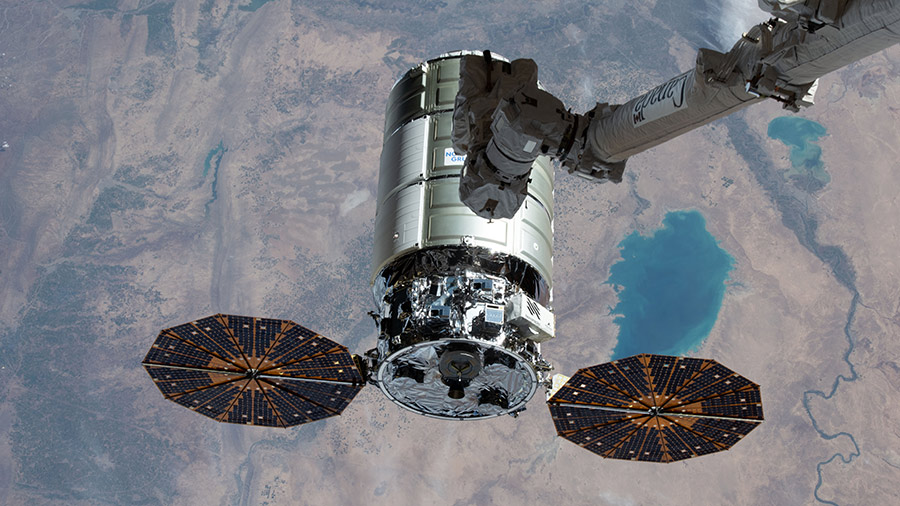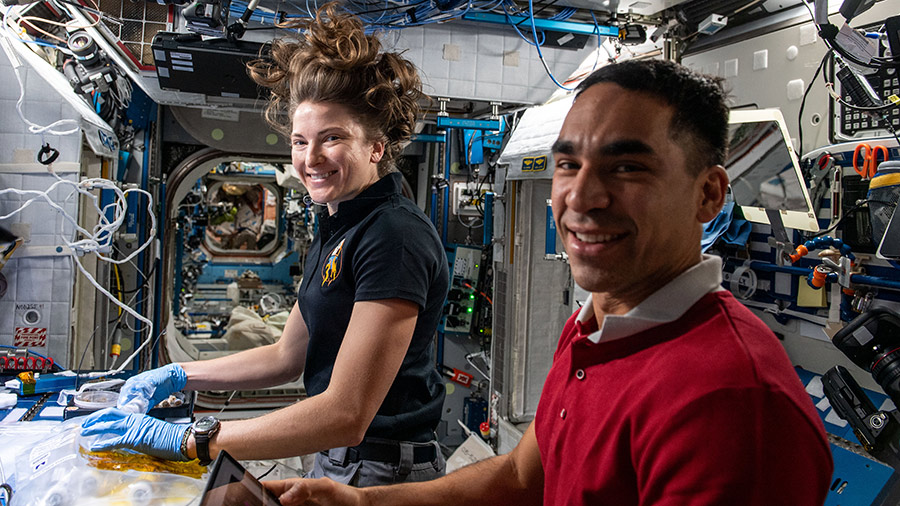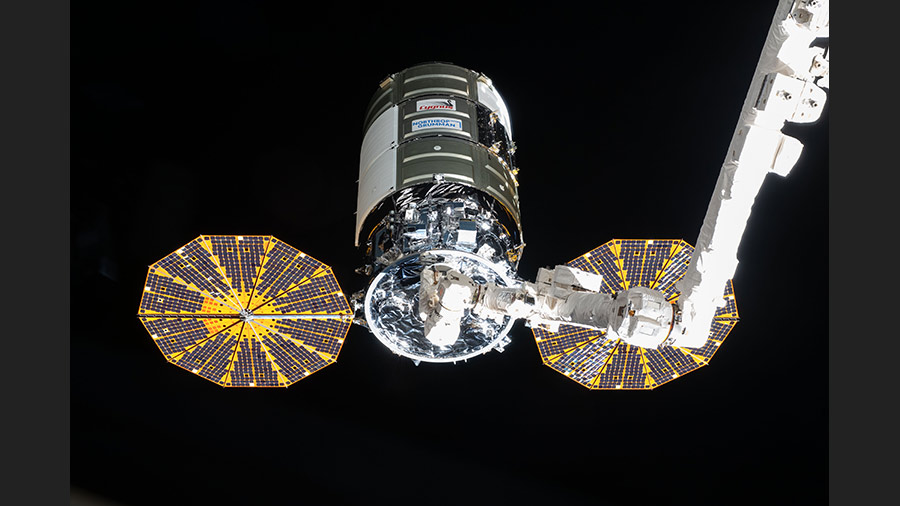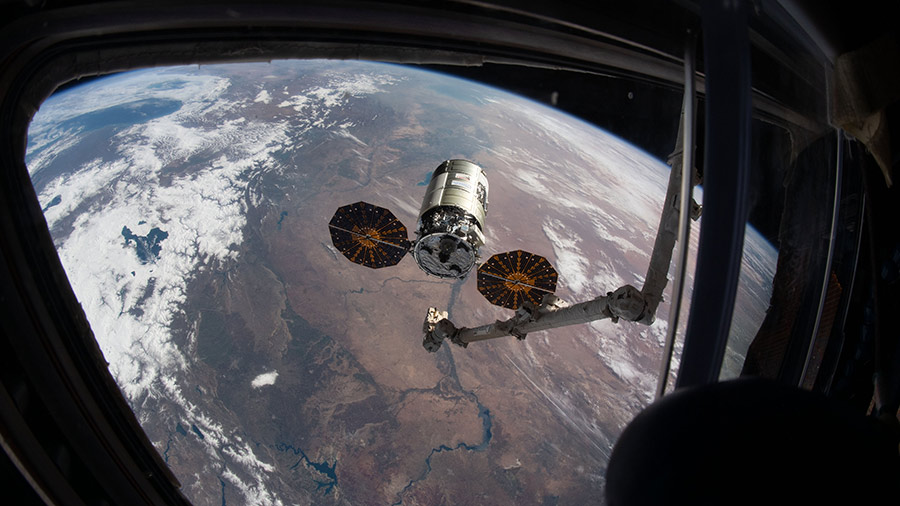
The Expedition 66 crew kicked off the week working on robotics, spacesuits, and advanced research equipment. The International Space Station is also orbiting higher to get ready for a crew swap at the end of March.
Flight Engineers Raja Chari of NASA and Matthias Maurer of ESA (European Space Agency) started Monday collecting their blood samples then stowing them for future analysis. The duo then split up, as Chari spent the afternoon studying robotics mobility using the cube-shaped, toaster-sized Astrobee free-flyer. The Astrobatics investigation explores using hopping maneuvers to minimize propellant to inform future robotic missions. Maurer set up the Fluid Science Laboratory for the PASTA experiment that has implications for commercial applications such as pharmaceuticals, oil and fuels, paints and coatings, and more.
The crew is also revving up for a pair of spacewalks in mid-March to continue modifying the orbiting lab’s power systems. Maurer and NASA Flight Engineer Thomas Marshburn worked on U.S. spacesuit jet packs that an astronaut could use to maneuver to safety in the unlikely event of becoming untethered from the station. Marshburn also reviewed plans to assist spacewalkers from inside the space station including suit up procedures, hardware checks and a communications gear overview.
Orbital maintenance is key in space ensuring the station’s multitude of systems, including research and life support, operate safely and continuously. Astronaut Kayla Barron of NASA worked on payload components that support science experiments outside the space station’s Kibo laboratory module on its exposed facility unit. NASA Flight Engineer Mark Vande Hei spent some time unpacking cargo from the Cygnus space freighter before swapping out gear inside the U.S. oxygen generation assembly.
The space station is orbiting slightly higher after Russia’s ISS Progress 79 cargo craft fired its engines for eight minutes on Friday evening. The orbital reboost maneuver puts the station at the proper altitude for the Soyuz MS-21 crew ship launch on March 18 and Vande Hei’s return to Earth on March 30 with cosmonauts Anton Shkaplerov and Pyotr Dubrov inside the Soyuz MS-19 crew ship.


